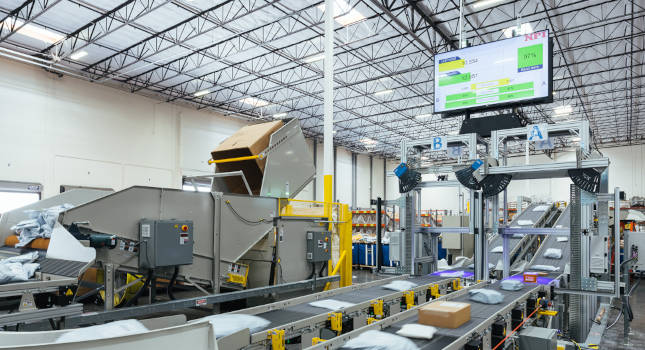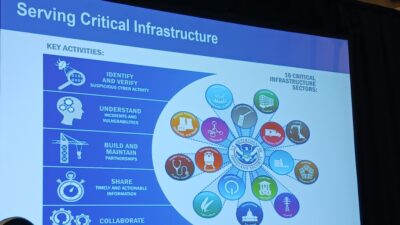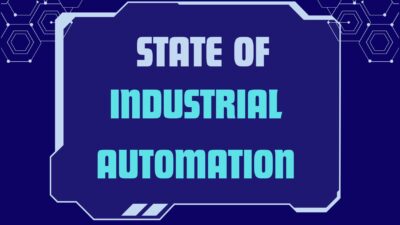Tempting as it is, I won’t duplicate the table of contents, but below see some of my favorite advice from this “How to automate” issue of Control Engineering. Industrial PCs, motion control, industrial networking, PLCs, edge computing and automation troubleshooting are among topics.

How to automate insights
- Automation continues to enable manufacturing efficiency with fewer experienced workers available, Control Engineering explains in the “How to automate” August 2023 print and digital edition.
- Automation helps in many ways including faster, more flexible control and easier programming; smarter and faster motion control; 5G-enabled edge computing and with techniques for troubleshooting automation.
Three 2023 issues focused on “How to automate” has provided a lot of great advice, though every issue of Control Engineering covers that. Below are some of my favorite bits from this issue, attributed. Find “how to automate” guidance on industrial PCs, motion control, industrial networks, programmable logic controllers (PLCs), edge computing and troubleshooting, among others.
Automation will continue to revolutionize the industry, offering immense opportunities for improved efficiency, quality control and operational performance, said Raymond Berning, automation manager, Interstates. Cybersecurity, analytics, integrating manufacturing execution systems (MES) and enterprise resource planning (ERP) systems and robotics to combat the labor shortage are among the key trends shaping the industry’s future.
Faster, more flexible control and easier programming
An application describes control system options include real-time operating system and multi-core processors, options for terabytes of removable media, ability to spread tasks across multiple cores and running third-party software alongside the PLC, said James Figy, marketing content leader, Beckhoff Automation LLC. The engineering and runtime environment for PLCs, motion control, and IoT applications empowers engineers to program in the languages they know best or best fit the application.
Smarter, faster motion control, less downtime
The smart factory of the future is built on advanced autonomous systems that perform key tasks with extreme accuracy at high speed, said Tom Burke, global strategic advisor at the CC-Link Partner Association (CLPA) Americas. Industrial automation, including state-of-the-art motion controllers, need to effectively share data. Time-sensitive networking (TSN) can deliver high-speed network benefits, such as energy efficient vibration suppression capabilities with predictive maintenance functionality; mechanical component deterioration identified long before service requirements arise; and optimized uptime, so maintenance can be scheduled and potential issues avoided.
5G-enabled edge computing
With 5G, edge computing generates opportunities for new platforms, experiences and products in every industry, said Aditya Agrawal, 5G and telecom solutions head at L&T Technology Services, USA. With the computational power of edge devices, networks and gateways, enterprises can take advantage of continuous delivery and robust resource allocation intrinsic to cloud computing. Workloads generated in the cloud, including modern versions of artificial intelligence (AI) and analytics, can be migrated toward the edge. Edge computing supports improved data control and reduced costs, swifter insights and actions, and uninterrupted operations by supporting autonomous systems, even without an internet connection, to reduce costs and disruptions.
Seven ways to troubleshoot automation
Consider these seven techniques when it comes to troubleshooting automated systems and equipment, explained Frank Lamb, the founder and owner of Automation Consulting LLC (see more about each in the article and online):
-
Start with the simple
-
Begin from a known good state
-
Substitute components
-
Checklists and flowcharts
-
Reproduce symptoms
-
Split the system
-
Root-cause analysis.
Even master-level automation experts are still learning, which is why we offer Control Engineering knowledge in many forms, beyond the traditional print/digital edition. With global diversity of rapid innovation, let’s think again about how to automate.
Mark T. Hoske is content manager, Control Engineering, CFE Media and Technology, [email protected].




